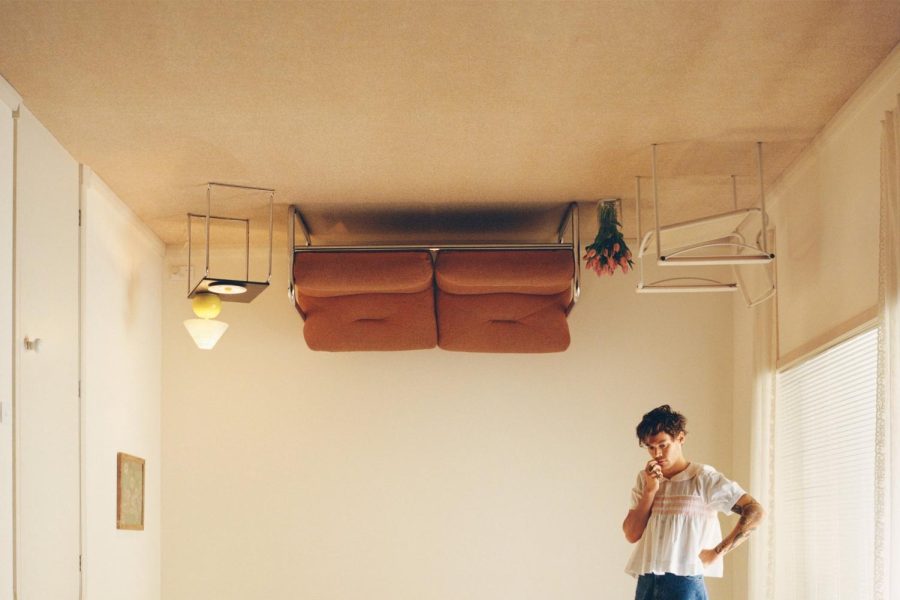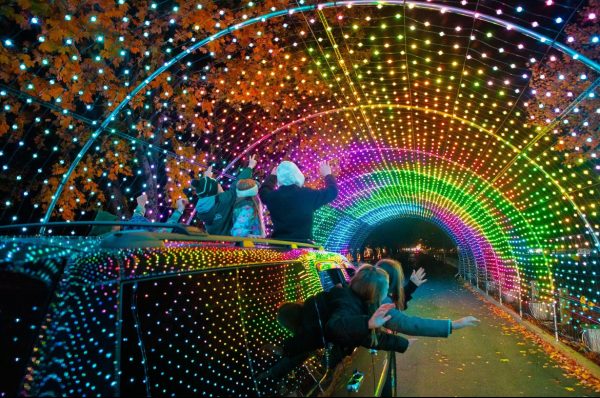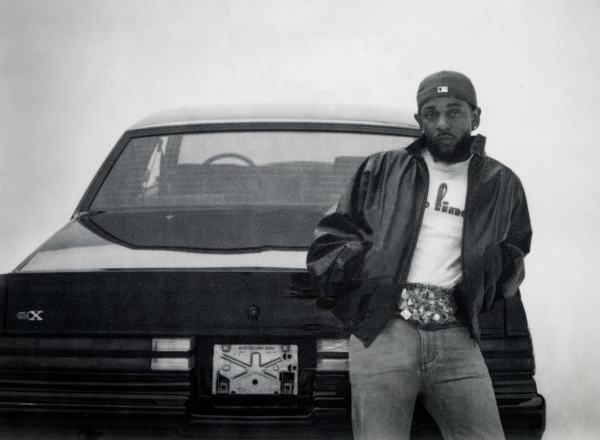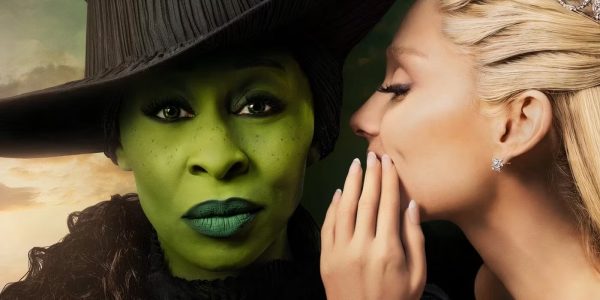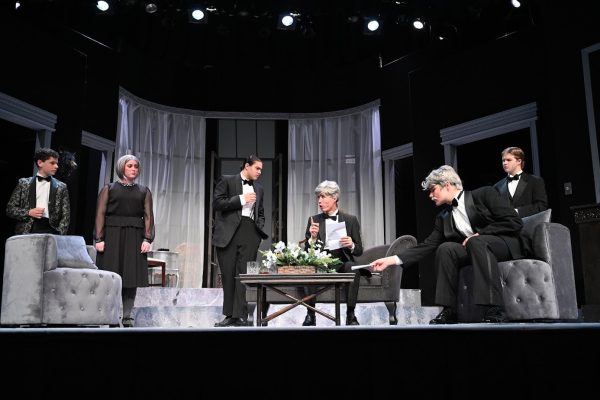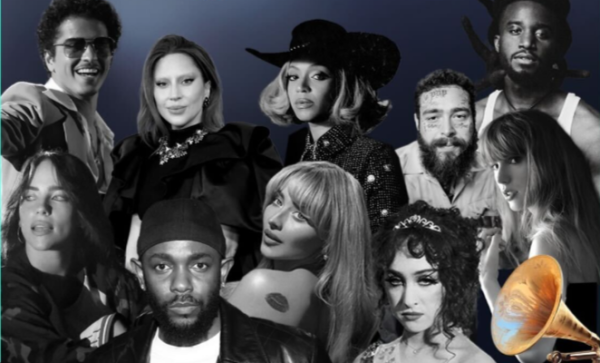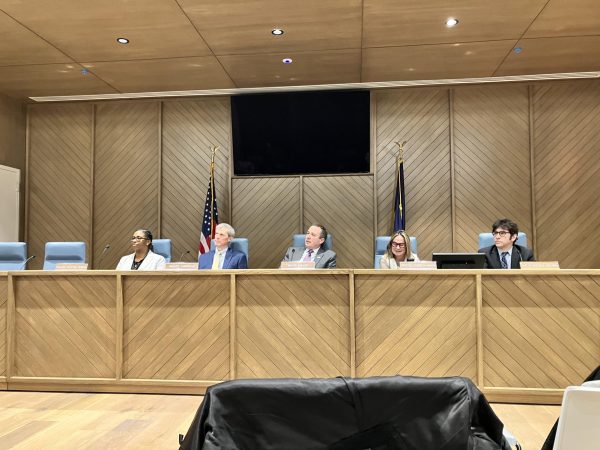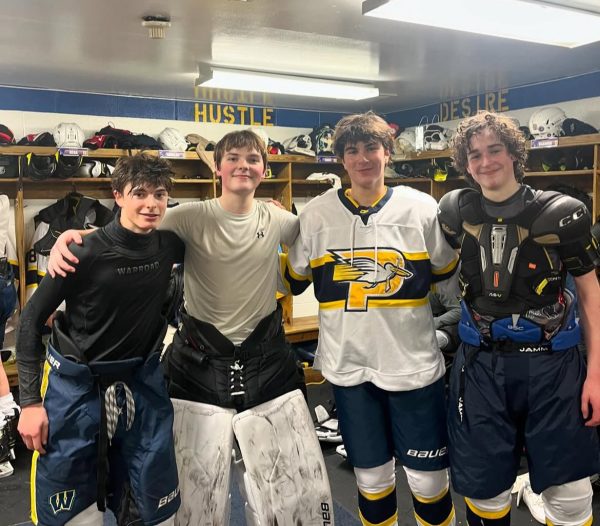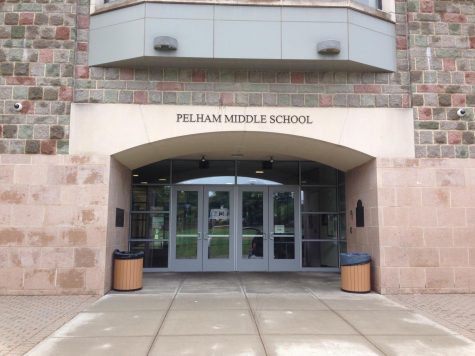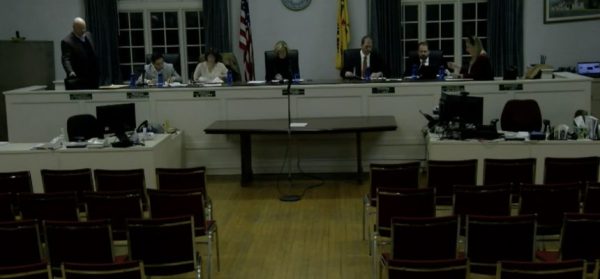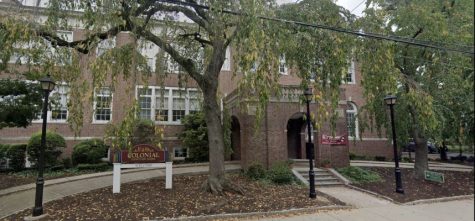‘Harry’s House’ is nothing special: Every song sounds the same
There exists a well-accepted notion that world-famous musicians don’t necessarily need to make good music. For some artists, simply releasing a song at the height of their popularity is a guaranteed ticket to a coveted number 1 single – a song that attracts attention just because of the person who released it.
At this point in his career, Harry Styles could have released a rerecording of the Beatles’ “Wild Honey Pie” and it could have easily shot to the Top 10. Instead, he released “As it Was,” a catchy, breezy indie jam, receiving overwhelming support from fans and critics alike that was more than justified.
Leading up to the release of Harry’s House, I did not indulge in trying to figure out the direction the album was going in. Though Styles’ lead singles are often indicative of the general sound of an album, they are often also the anomalies of the record (“Sign of the Times” and “Lights Up”). Another facet of Styles’ albums is that, production-wise, nearly every song is unique and listening to one of his records is like viewing a sort of tapestry of diverse musical influences.
The universal truths of a Harry Styles record do not hold true for “Harry’s House.” Every song sounds the same.
“Harry’s House” is coated with a layer of gloss. Sometimes this pop serves to bring out what is best in his songs: ”Music for a Sushi Restaurant” is a resounding, triumphant blast of horns and vivid lyrics (“blue bubblegum twisted ’round your tongue”), and “Late Night Talking” sounds like if Elton John were to make a song in 2022 (in the best way possible).
However, this production has a tendency to meander into overproduction, which is where the album starts to falter. Specifically, the alterations made to Styles’ voice tends to take away any natural texture in his vocals. This creates a strange, out-of-place boyishness to Styles’ voice, which is made worse as his belt and rasp is underutilized throughout, and mainly relegated to background vocals (like the “You know I love you, Babe!” on the aforementioned “Music for a Sushi Restaurant”). The album’s overproduction also leads to more than a few songs blending into the crowd, as “Daylight,” “Keep Driving” and “Daydreaming,” while somewhat endearing during a listen, barely leave an impression.
The back end of the album is notably weak. “Boyfriends” feels like a spiritual successor to One Direction’s awkward “Little Things,” as Styles croons about how men don’t treat their girlfriends right. Though the track doesn’t exactly come off as wholly disingenuous, it’s hard to take it seriously when there’s not a single woman in the song’s writing credits. And “Love of My Life” lacks any palpable emotion, which is a shame since its lyrics are perhaps some of the most compelling on the album.
It’s not all bad, though. “Little Freak” is a ballad akin to “Falling” on “Fine Line,” yet Styles delivers the lyrics with an understatement that makes it feel more earnest and heartbreaking than “Falling” ever was. And one aspect of nearly every song that never disappoints is the bass; each track has a punch that manages to save the album from mediocrity.
The songs on “Harry’s House” rarely grab a listener quite like the songs on Styles’s previous albums did (think “She” or “Kiwi”). They are designed to be played in the heat, windows down, with wind blurring the murky lyrics and instrumentation. For anyone in the Arctic Tundra, this album will offer little to them; it’s not much more than a musical coffee table book. But for those mindless summer days and nights, “Harry’s House” has a home.
Leila Brady is a senior at Pelham Memorial High School. She is captain of the varsity field hockey team, and is a member of the varsity lacrosse and winter...



